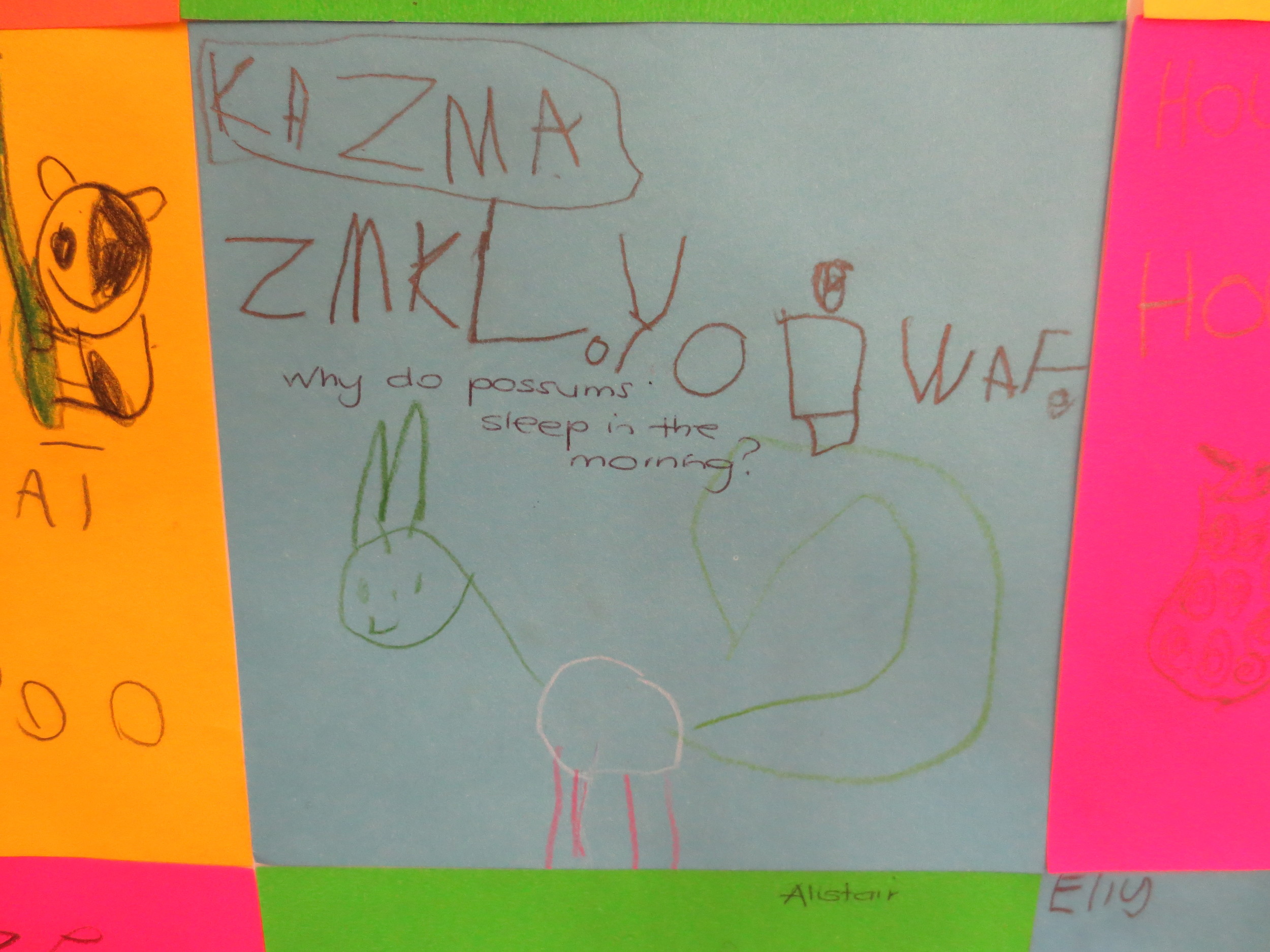A question I often encourage teachers to ask themselves is: 'what would it be like to be a student in your classroom?' Empathy (simply defined as ‘understanding and sharing the feelings of others’) is a disposition we all want to nurture in our students and one we MUST continue to nurture in ourselves. Empathy builds relationships and relationships are the key to quality teaching. One of the characteristics of great inquiry teachers is their ability to ‘read’ their students. The questions we ask, the way we scaffold learning, the expectations we have, the degree to which we step in or let go are micro-skills that are strengthened by quality assessment - and also by empathy. Empathy grows when we challenge ourselves to stand in the shoes of those we teach.
In the approach to inquiry I use, I emphasise the importance of ‘tuning in’. This is all about tuning in to the student and allowing the student to tune in to themselves – what they think, feel and wonder about the context for inquiry they are launching into. When we hear students’ misconceptions, when they articulate beliefs or ideas that confront us or even when they show a negative or flippant attitude at this stage - it can be a challenge to remain empathic! In other words, when we tune in – we don't always like what we see/hear! Careful, genuine questioning, taking time to listen, standing back and watching allows US to better inhabit the space the child is in at that moment and seek understanding. As a teacher I need to ask myself: “What are they telling me without telling me?” “Why might they be feeling/thinking that?” “Have I ever felt like that about something? Why?” ‘What can I do to understand this feeling/belief/position more deeply?' Empathy requires us to take a more inquiring approach in our everyday interactions with students - to be wary of assumptions and to care about where the learner is at.
One of the best strategies for developing one’s empathy is to create opportunities to ‘walk in the shoes’ of another. If I ask teachers to consider what it would be like to be a student in their class, then surely I need to ask myself what it would be like to be a participant in one of my workshops! As someone who spends most of her time presenting or facilitating learning, I rarely have formal opportunities to do this. Of course, I learn every day – WITH teachers and kids – but it is a treat to find myself as a workshop participant.
I have been very grateful for three such experiences in recent times – one with Lynne Erickson in Hong Kong, another with the wonderful Perry Rush of Island Bay Primary School in NZ and my latest (today!) - a delightful morning, with Sam Sherratt and Chad Walsh of 'Time and Space Education' here in Melbourne. In each case, my thinking about inquiry was stimulated and developed but it was the experience of inhabiting a different ‘space’ and identity in the room that was so important for me.
When I experience the role of participant, I notice things about myself that help me remain empathic when I next facilitate. I notice when I am intensely engaged and when I am less so, I notice how I respond to the request to work with people I don't know, I notice how feeling hungry or tired affects my engagement, I notice how where I am sitting in the room and indeed how the room is set up makes a difference, I notice when I want to talk and can’t or when I don't want to talk but am asked to. I notice what distracts me and what I do to stay focused. I notice how I get in my own way at times. I notice how fantastic it feels when I can make a connection between my prior learning and new ideas. And watching someone else teach makes me think about how I teach – it's such a powerful form of personal inquiry!
I know each time I do this, I return to my ‘classroom’ with a palpably different feeling about and empathy towards my learners. I want to stay more tuned in to their experience.
In inquiry classrooms, the distinction between teacher and learner is blurred. Children teach other and the teacher is guided by the students and so on but we do, for the most part, remain ‘the teacher’. When we truly put ourselves in the learner’s shoes…when we seek others who can teach us, when we participate in learning something new – alone or with others we can consciously remind ourselves of the joys and the challenges of learning itself. And we walk back into our classrooms with greater empathy and insight.
Many teachers have regular opportunities to attend professional learning workshops, peer led staff meetings or other situations where they are ‘the learner’. Regardless of the content, I suggest we can always make the most of this time to inquire into ourselves as a learners – how we respond, how we behave and how we feel. In turn, we can become more empathic teachers – and better learners.
When was the last time you walked in your learner’s shoes?
Just wondering…


